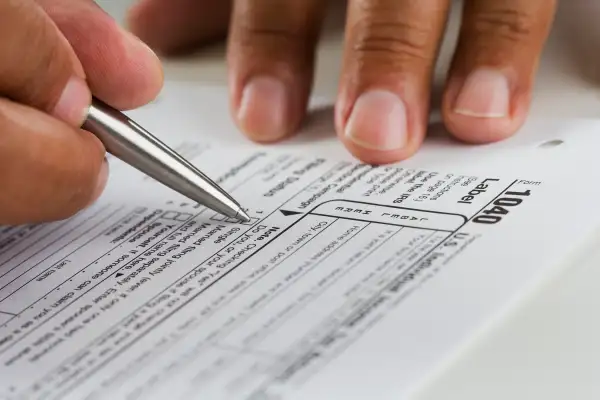Here's a Checklist of All The Forms You'll Need To File Your Taxes

Tax season starts today, Jan. 19, and tax statements from your employer, bank, fund company, brokerage, and any other financial institution you worked with in 2015 should be en route to your mailbox.
These firms have until the end of January to get annual tax statements in the mail to you. (Or to your email inbox—many taxpayers now receive these documents electronically.)
What tax forms should you expect to see soon? These are the most common ones you'll need to file an accurate return.
W-2: This is your most important form. You'll need one from each employer you worked for over the past year. A W-2 shows the amount of money you earned, the amount withheld for income taxes and Social Security and Medicare taxes, and any contributions you made to a retirement plan, medical accounts, or child care reimbursement plan.
1095-A: If you, your spouse, or a dependent bought health insurance through a state or federal exchange, you'll get this health insurance marketplace statement. With the information on this document, you can correctly calculate your premium tax credit amount on Form 8962. If you get health insurance through your employer, you will receive a 1095-B or 1095-C form, but neither is required to file your taxes.
1099-MISC: This form documents the miscellaneous income that you received, or payments of $600 or more. If you did any freelance or consulting work, this is the form you should get.
1099-B: This form, typically issued by a broker, summarizes the proceeds of any stock transactions you made. Any gain or loss from the sale of a stock must be reported on your tax return.
1099-INT: This document details taxable interest paid out to you during the year. If you earned more than $10 in interest on a bank account or a certificate of deposit, you'll get one of these forms for each account. You'll also get one if you cashed in savings bonds last year.
1099-DIV: This form, sent out by investment companies, is a record of all capital gains and dividends paid out to you during the year, including those you re-invested. You'll get this form only if the distributions amount to more than $10.
1099-R: Any distribution greater than $10 from a pension, annuity, profit-sharing or retirement plan, individual retirement account, or disability or life insurance policy is detailed on this form.
1099-G: If you collected unemployment insurance, you should get this form stating the amount.
1099-C: This is the form you get when a lender or creditor dischargers a debt you owe. Typically, the forgiven debt is considered income and must be reported on your return.
1098: Homeowners may receive this form from their mortgage company, or a document of the company's own design that similarly lists how much you paid in interest last year. Lenders must send you this information if you paid at least $600 in interest. If you itemize deductions, you should be able to write off this interest.
1098-T: Higher-education students should receive this form from their academic institution, which reports the amount of qualified education expenses paid. This is important if you qualify for education-related tax benefits, such as the American opportunity tax credit or lifetime learning credit.
1098-E: If you're paying back a student loan, you will get this form from a lender detailing the amount of interest paid on your educational debt, assuming the interest paid equals $600 or more in the past year. Depending on your income, you may be able to deduct student loan interest, as well as related costs like origination fees and capitalized interest.
